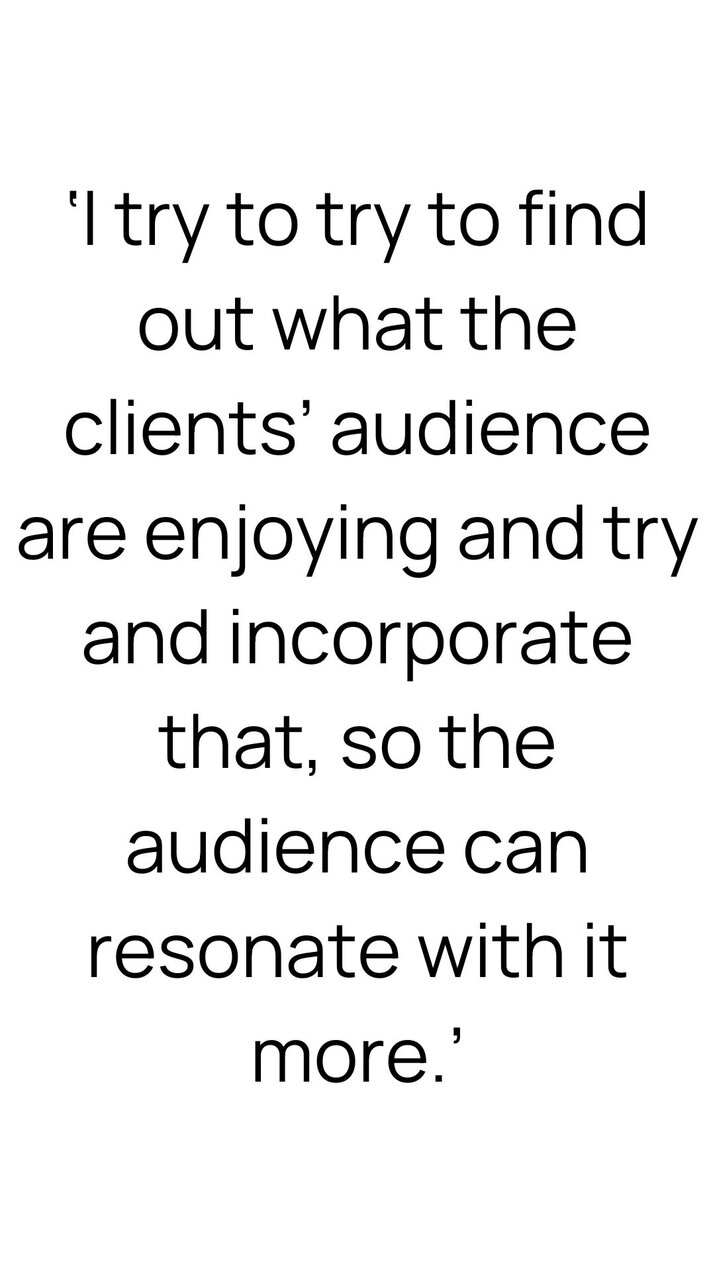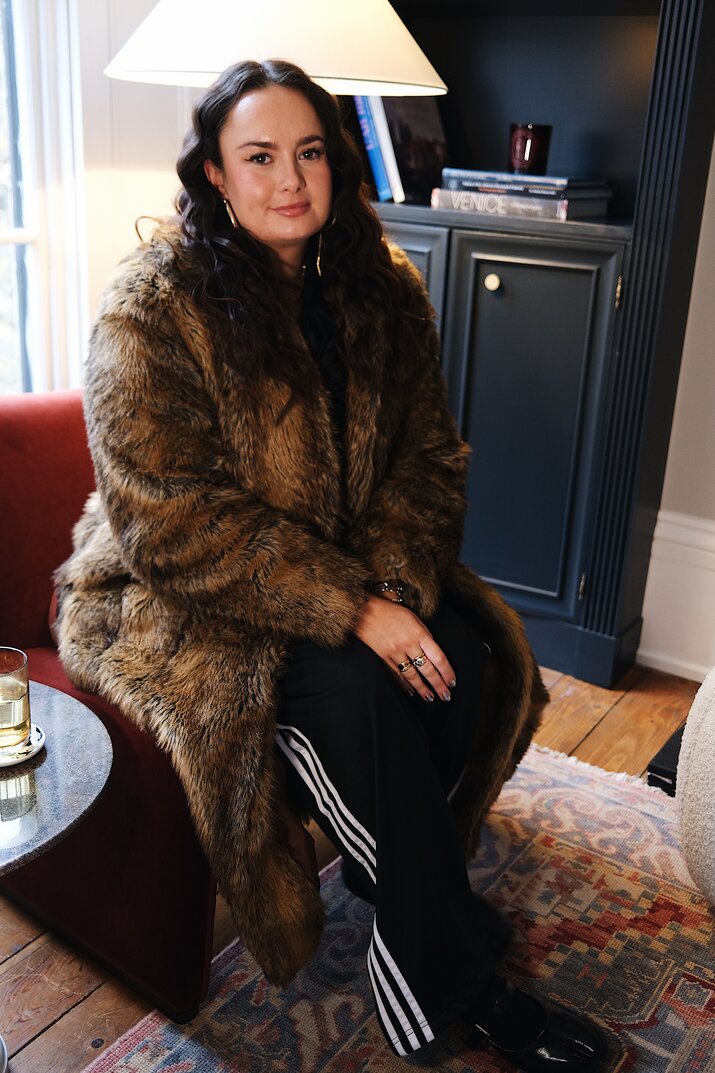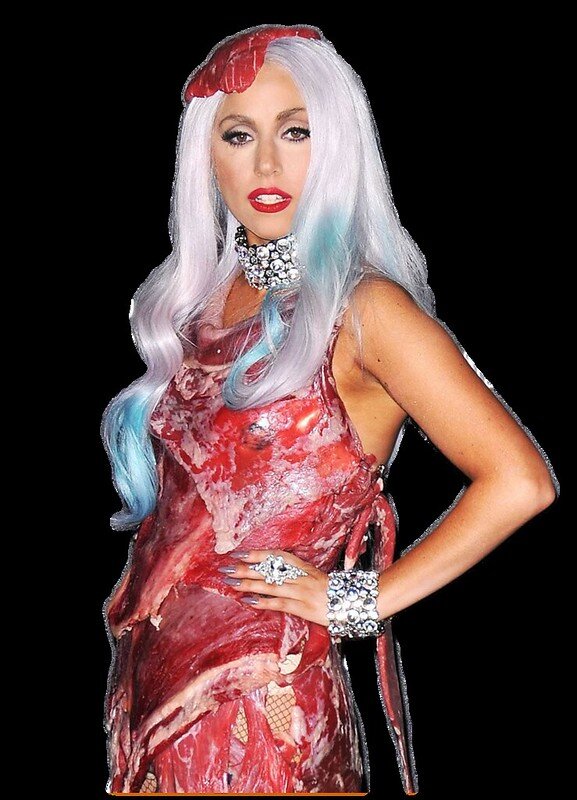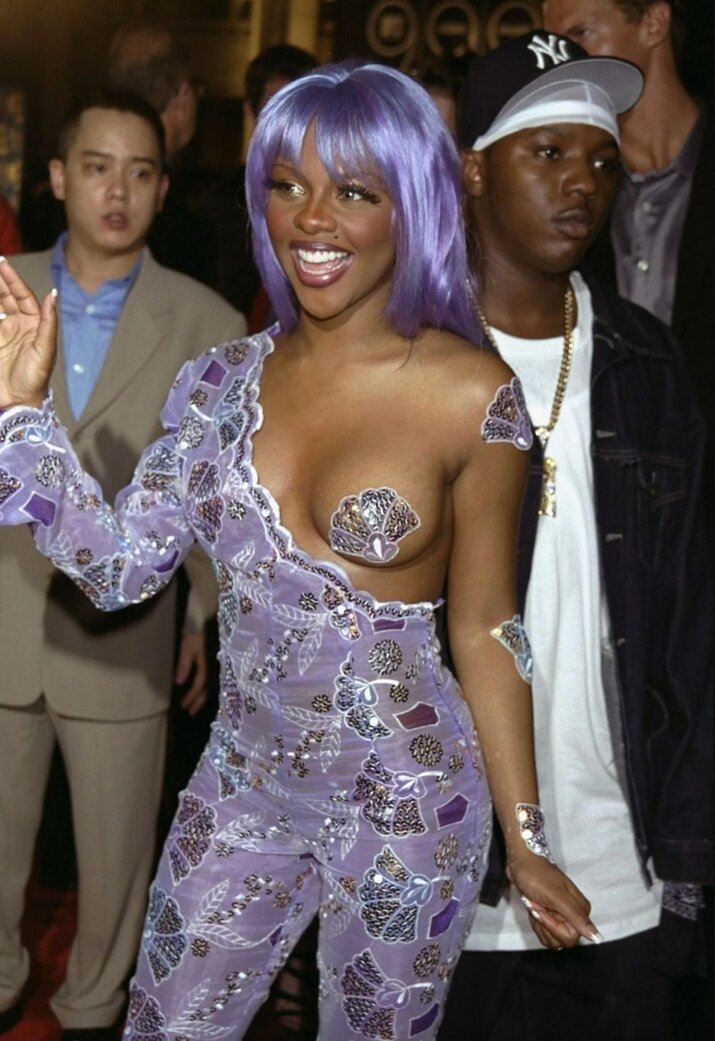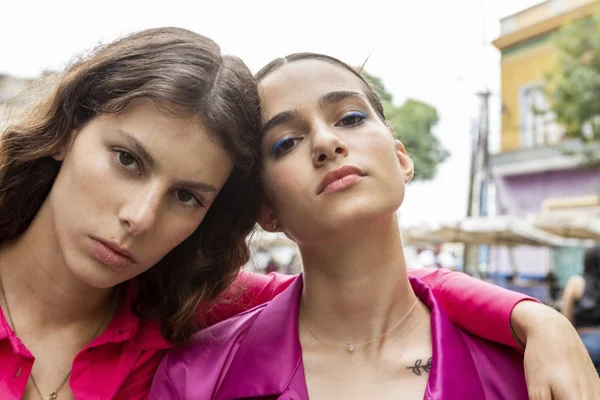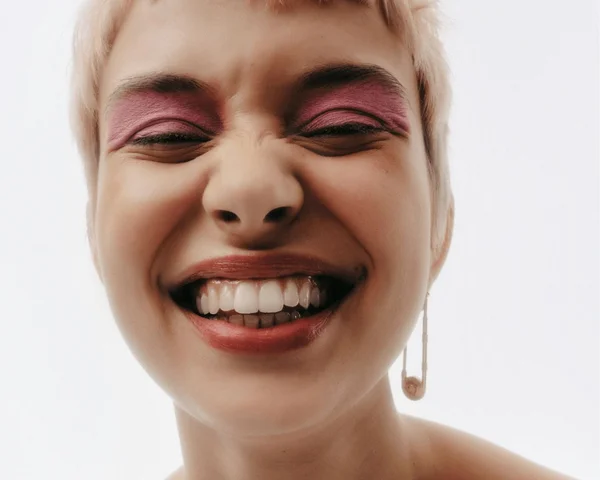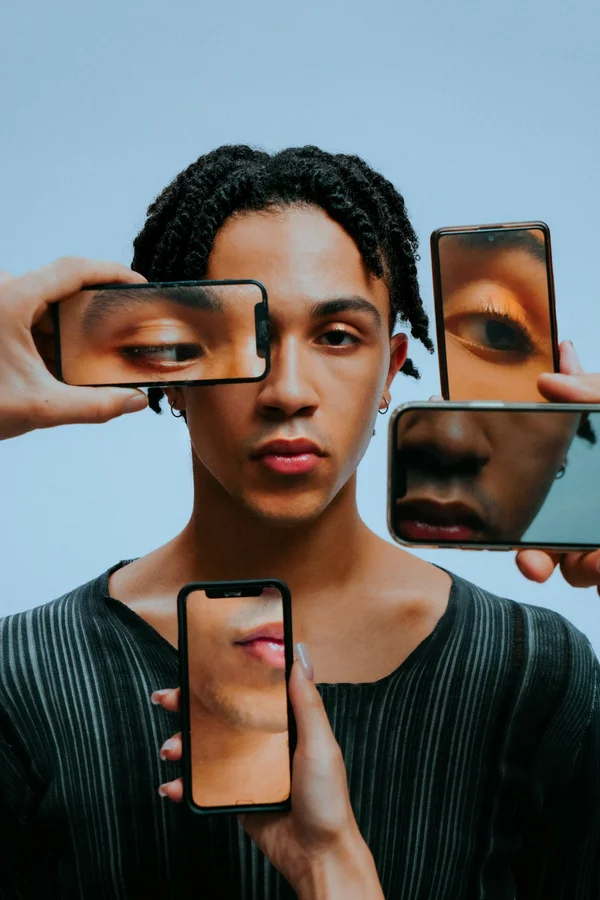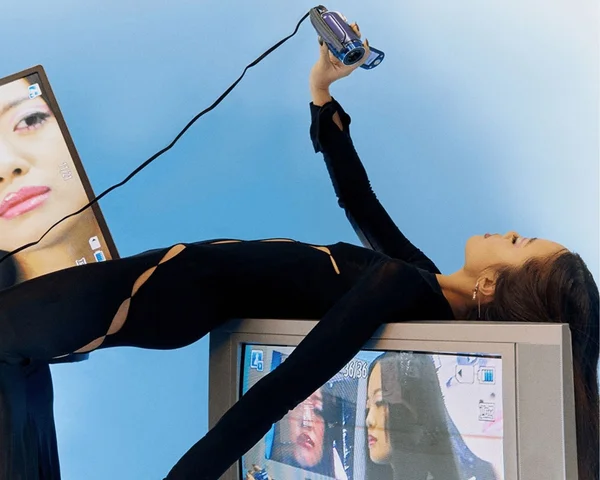Inside the fashion industry: trend culture over the years
By Nona Dimitrova and Florenne Earle Ledger published 01/02/2024
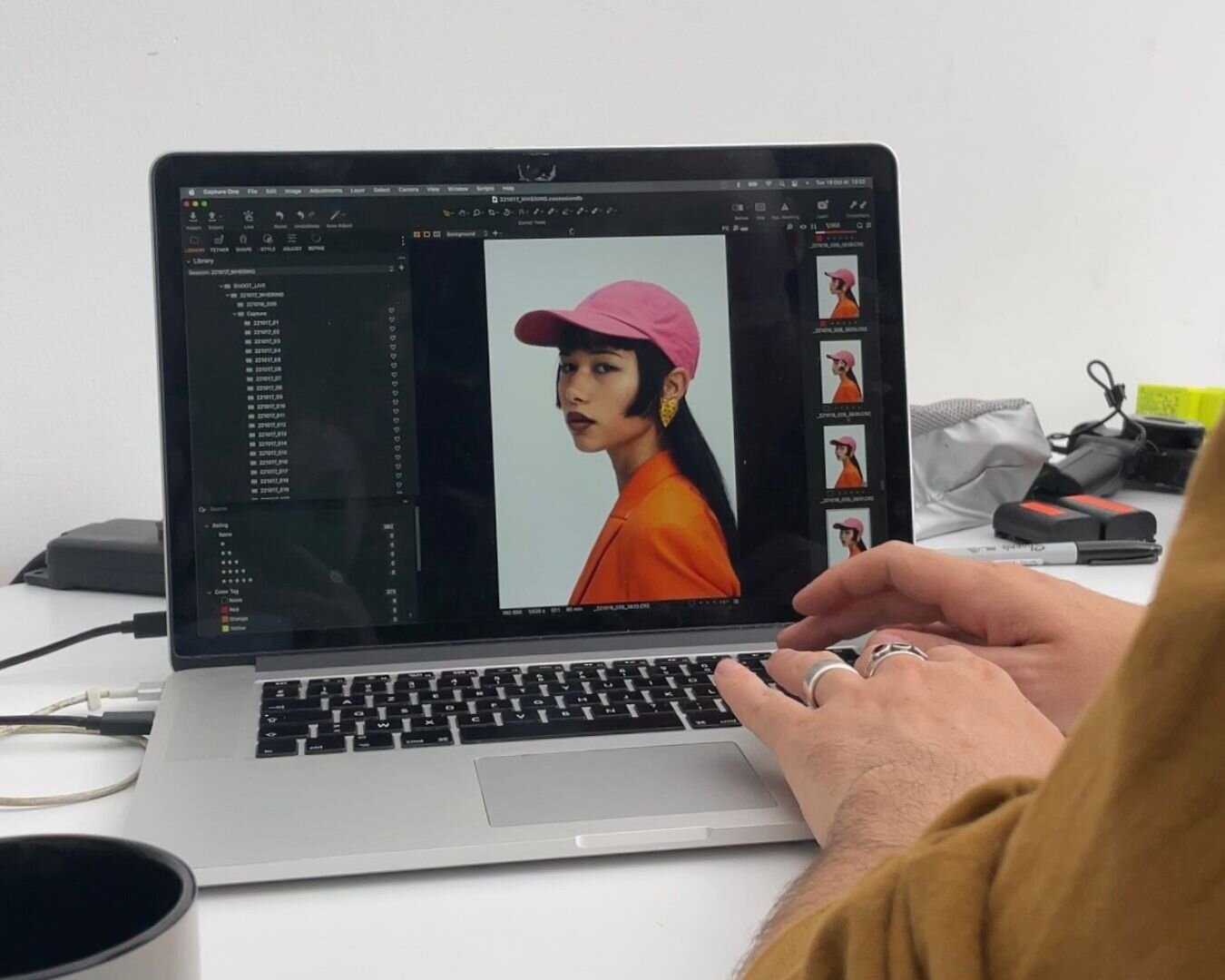
January marked the start of our deep dive into trend culture, looking at everything from why we actually want to follow trends to how we can develop a personal style in an era of micro trends. To conclude our journey, we spoke to four fashion creatives on how trend culture has shifted and the impact it’s had on their careers in fashion.
Join us in conversation with stylists Feya Lanice and Gelmira Fortunato Manico, Creative Director and Image Producer Olivia Wright, and Celebrity Stylist and Fashion Expert Marian Kwei, deconstructing how trends have impacted them, their work and our relationship with fashion.

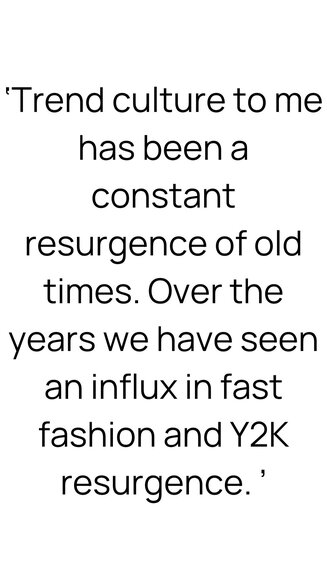
Starting with a simple question, in your opinion, what are the main ways trend culture has changed in the last few years?
Feya: I think trend culture has definitely changed. I think a lot more people have access to more trends, such as micro trends, which has influenced and impacted a lot of people's personal style a lot. If you go on TikTok you can see trends like clean girl fashion, which I feel like a lot of young people are now picking up that kind of style because they want to fit in.
Olivia: TikTok has completely changed how we consume fashion and different trends. Even just from TikTok we’ve got this idea of labelling everything as a style. Everything has an aesthetic and a name attached to it. The way we consume it and the speed at which we get through things is so much quicker now. It’s a lot more to keep up with.
Marian: The pandemic forced us to stay at home. It meant that certain trends emerging in the pandemic were not seen on the red carpet or exhausted on the catwalk (at least in person) which is the reason some trends are still in existence after a year or two. I also think the pandemic generated these micro communities which see on TikTok pushing certain trends, causing certain trends to go viral. We are no longer seeing magazines telling us what to wear and how to wear it. The pandemic made people realise ‘maybe I can do this fashion thing by myself’.
Gelmira: Trend culture to me has been a constant resurgence of old times. Over the years we have seen an influx in fast fashion and Y2K resurgence. However, I do believe that in 2024, consumers will be leaning towards being more sustainable in their fashion and prioritising the functionality of pieces, as consumers just want to make their lives easier during these times.
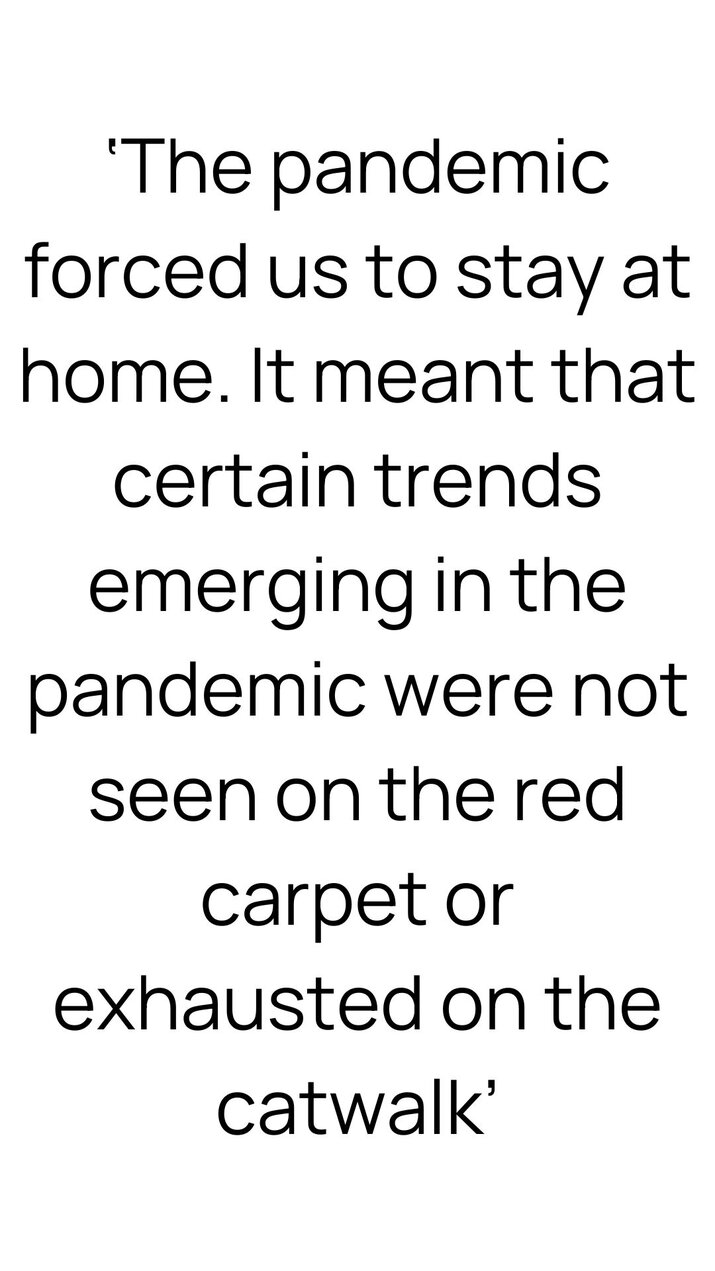
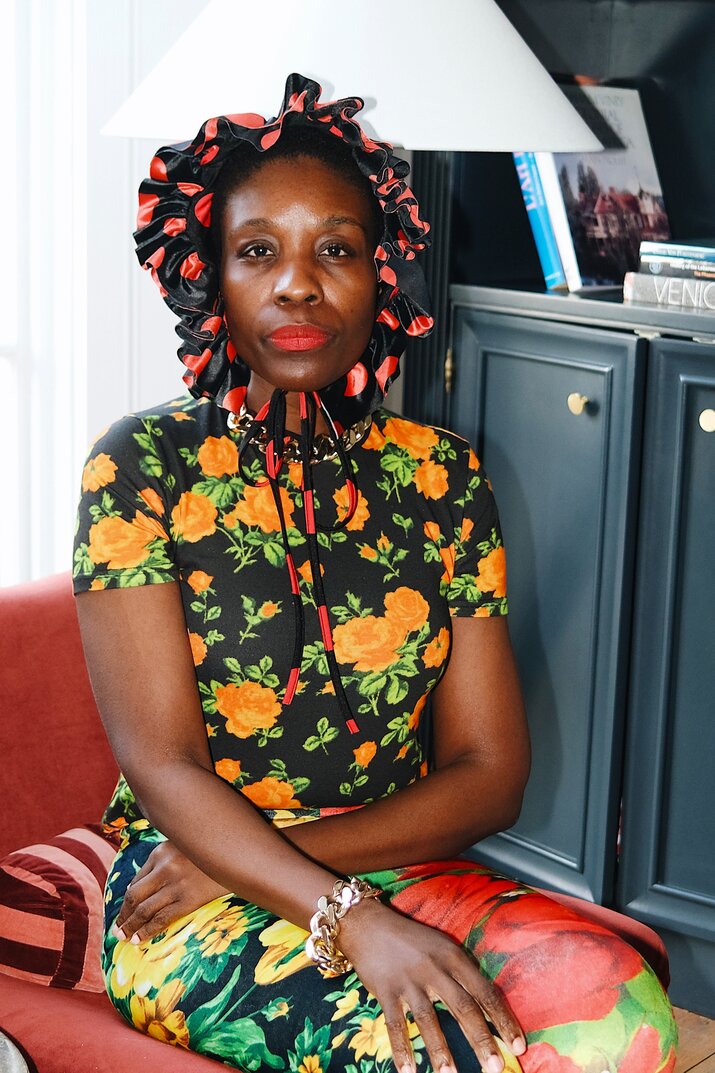
Have these changes extended to your work as a stylist, or is trend culture more rife in how we dress ourselves?
Feya: I obviously have to be aware of trends. Depending on what a client wants, I'll incorporate certain trends. Let’s say they want to have a very streetwear based look for a shoot, I'll definitely look for references. But personally I like to look into the past as well, which could be Y2K, which is also a trend…so I think it’s about being aware of different trends and picking what makes sense to you.
Olivia: I would say I think when I am trying to include a trend in my work I try to go with stuff that is a bit nicher, but it obviously depends on the brand and who their target audience is. With editorial, I will try and drop in a few different trends but I will try and keep them a little bit more niche so it’s not as mainstream because I feel like things get overdone so quickly, and people get bored a lot faster now because everyone jumps on it and then everyone is like ‘right over that now, onto the next thing’. So you do have to keep that in mind when you are involving a trend whether it’s got longevity or whether it’s a bit of a fad, whether the content will be worth anything in 6 months.
Marian: The change in how trends work these days and the change in how people are relating to these trends - from Gen Z to celebrities on the red carpet, has impacted how I style clients. It has affected my editorial direction as an editor at large. We are phrasing articles slightly differently. I am aware that Gen Z don’t want to be told what to wear, they are taking fashion into their own hands and doing what they want to do. It affects how we approach trends and how we deliver content in an interesting way. One thing I think that’s good about micro trends is that we have everyday people saying what’s in fashion, all the time on TikTok.
Gelmira: What makes my clients feel the most confident is if the look is synonymous with their true being. As you feel the most confident in the pieces that speak to your true self and exude your personal style. Most of my clients tend to want to go against the grain and challenge social norms.
How does trend culture impact your work? Do your clients want different things according to different trends?
Gelmira: My clients usually operate based on feeling and what feeling they want to exude in a particular musical era. However, certain ideal references I receive - do fall into different trend categories but I tend to seek to understand why my client has been drawn towards these references and work to identify my client’s own personal style, whilst remaining in the desired ballpark.
Olivia: I think when it’s commercial based the number one priority is to look into what their target market is enjoying, not just in terms of fashion but also in music, or just life. I was doing something in summer where I was creating a campaign for women in their late 20s and it was set in Paris. At that time that wine bar was everywhere on TikTok so I thought it would be great to include that because it’s a cool trend and it’s bringing two things together, but there is a risk it could be outdated by the time the content comes out.
How important is it for your clients/your work to be on trend?
Gelmira: It is important for my work to be in tune with the times however this is not the premise of every project - more so a consideration throughout the pulling process. So, you may say it does play a significant role, as I’m always opting for a fresh take that suits current times. However, I do not put a strain on myself or my work if a current trend is not evident.
Olivia: I would say I incorporate trends a little bit more in the commercial stuff, and try to find out what the clients’ audience are enjoying and try and incorporate that, so the audience can resonate with it more. With editorial it’s nice to include a few trends. I like involving makeup trends and things like that, but like I said I try to keep it to more niche things so it’s not going to go crazy and everyone’s going to get bored of it.
I do a lot more editorial work than commercial work because my roles have been in house at publications. To me, there’s two different kinds of editorial where it’s model based and talent based- they differ slightly. But the main difference between editorial and commercial is that the editorial is so much more creative, you can push the boundaries, there’s no pressure to market the product, you’re not trying to sell a specific item in the photo. It’s about telling a story, you’re creating a narrative and it’s about creating an artistic image rather than having this secret sale going on in the background.
Marian: Everyone knows that trends fade but fashion lasts forever. We live in a very capitalist society so people are being told what to buy, but I think they are realising they don’t want to be told. I think we just need to get to a point where we don’t listen to anything other people say.
How does personal style impact your stylist choices?
Feya: My personal style does influence my work as a stylist, especially as I have my own vintage shop. I pull a lot of pieces from there. The vintage shop has pieces that I think look really cool, so it’s very driven by my own personal style.
Gelmira: With my clients it’s more about showing their personal style but an elevated version. I seek to home down on their personal style rather than creating a character, but through this process it does create a character in a way as I maximise and elevant certain elements of their style. I want their identity to push through no matter what. My main aim is that they are comfortable throughout, comfortable with the image, comfortable with how they are going to be perceived. That’s why I feel like focussing on personal style is key for me.
Marian: Personal style impacts my styling so much. Some people don’t want their personal style to shine through, but one thing I do with everyone is take it into account what makes them feel most comfortable.
Are there any red carpet or celebrity style moments that make you think "I can't believe that was ever in fashion"?
Olivia: The one thing that I don’t like is the casual red carpet vibe. I love a lot from the 2000s but I hate the super casual jeans on the red carpet. If you’re on the red carpet you need to give it some oomph!
Feya: I know it was iconic but the Lady Gaga meat dress was very different. At the time I think I was like ‘what?' But now I’m a bit older, it’s iconic because who would wear that? I think there’s so many other people who pushed fashion forward like Lil Kim’ and her purple ensemble with the nipple cover. I love Rhiannah’s look in 2014 when she had on a sheer dress and you could see her body underneath it.I want to see more menswear looks this year that aren’t just a black tux!
How important is/how do you think about longevity in your work?
Olivia: A lot of the time I will go back through history and I will reference different era or different editorials from a certain decade. I want to keep that going and still be able in 50 years to reference what we were doing in 2022 or 2023 and see what it was like to shoot editorial then. It’s nice with editorial because you can kind of max out the styles people are wearing. What you see with a normal day to day trend you can kind of push the limits with that and max it out so it’s nice to reflect on then. I also do like to reference older material, going back to the 70s and 80s, it’s nice to bring that back in, I think that gives it an element of timelessness by modernising things from those eras.
Marian: I think longevity is really important in terms of celebrities. They are seeking to do something in terms of their image and in terms of their branding, and what they wear is a very big part of that. I’ve heard that the best way to achieve longevity is not to worry about it - it’s about wearing what you think the story is for that period of time. What you think as a creative trying to push things forward, not trying to push fast fashion, but pushing innovation. Doing your research into your look but also going with your gut instinct as a creative.
Gelmira: Longevity is very important in my work. Because I like to consider each fashion project as moments - a way in which fashion is a catalyst to remember the exact event, experience, feeling , memory etc . I always desire to be a part of the conversation. In my opinion, individualism aids longevity. As you have formed your own lane, you start to become the reference point rather than seeking for an ample amount of external references points.
Feya: When I'm working with a client I am so focused on ensuring that it matches what they’re going for and also stays true to me. In a way that is longevity, we look back on so many archives and naturally they produce longevity because they are authentic. That’s the best way to think about longevity is to be authentic, because it will relate to somebody at some point.
Getting insight into how social media, particularly TikTok, actually infiltrates the fashion industry was so interesting. We loved speaking to Feya, Olivia, Marian and Gelmira and learning from their experiences as fashion creatives. Join in the conversation on our socials, @Whering__ on Instagram, Twitter or TikTok.
Something on your mind?
Share your thoughts with Whering community.
If you have an idea for an article around fashion, culture, environment, news, wellness, shopping or DIY, submit a pitch to us!
